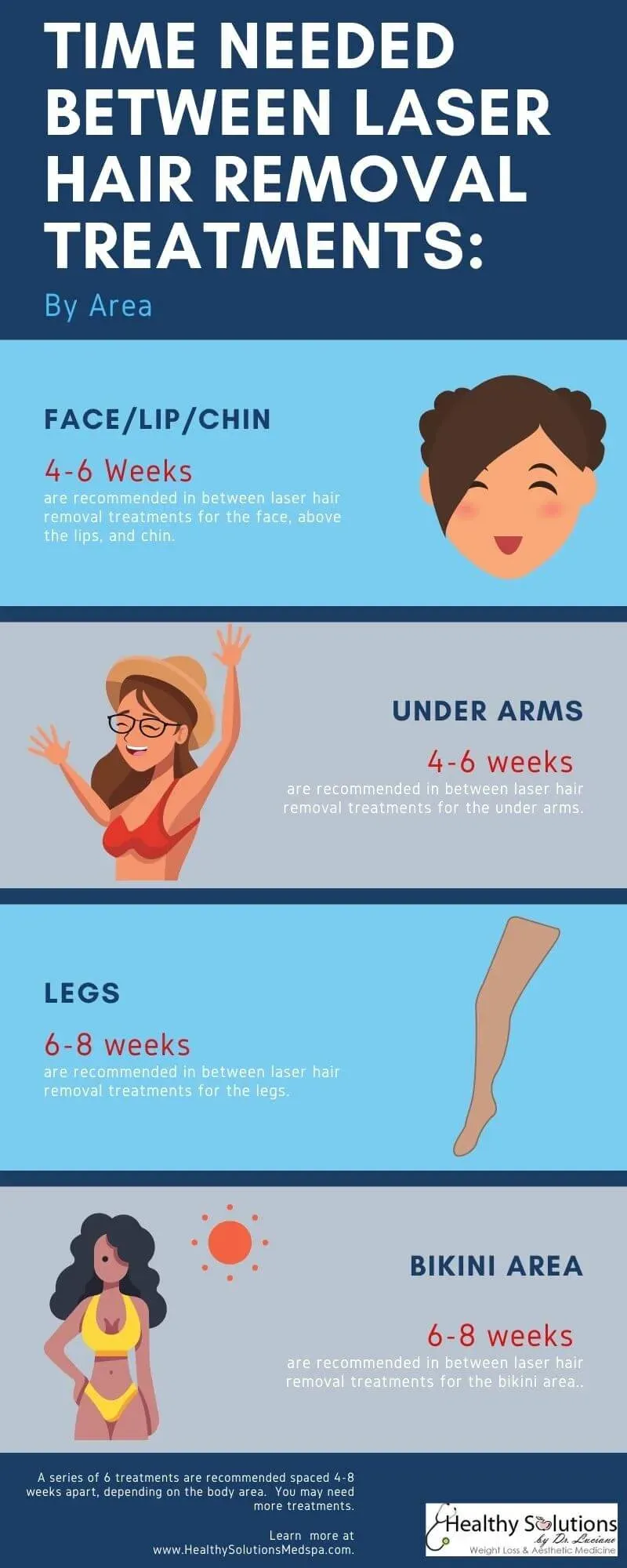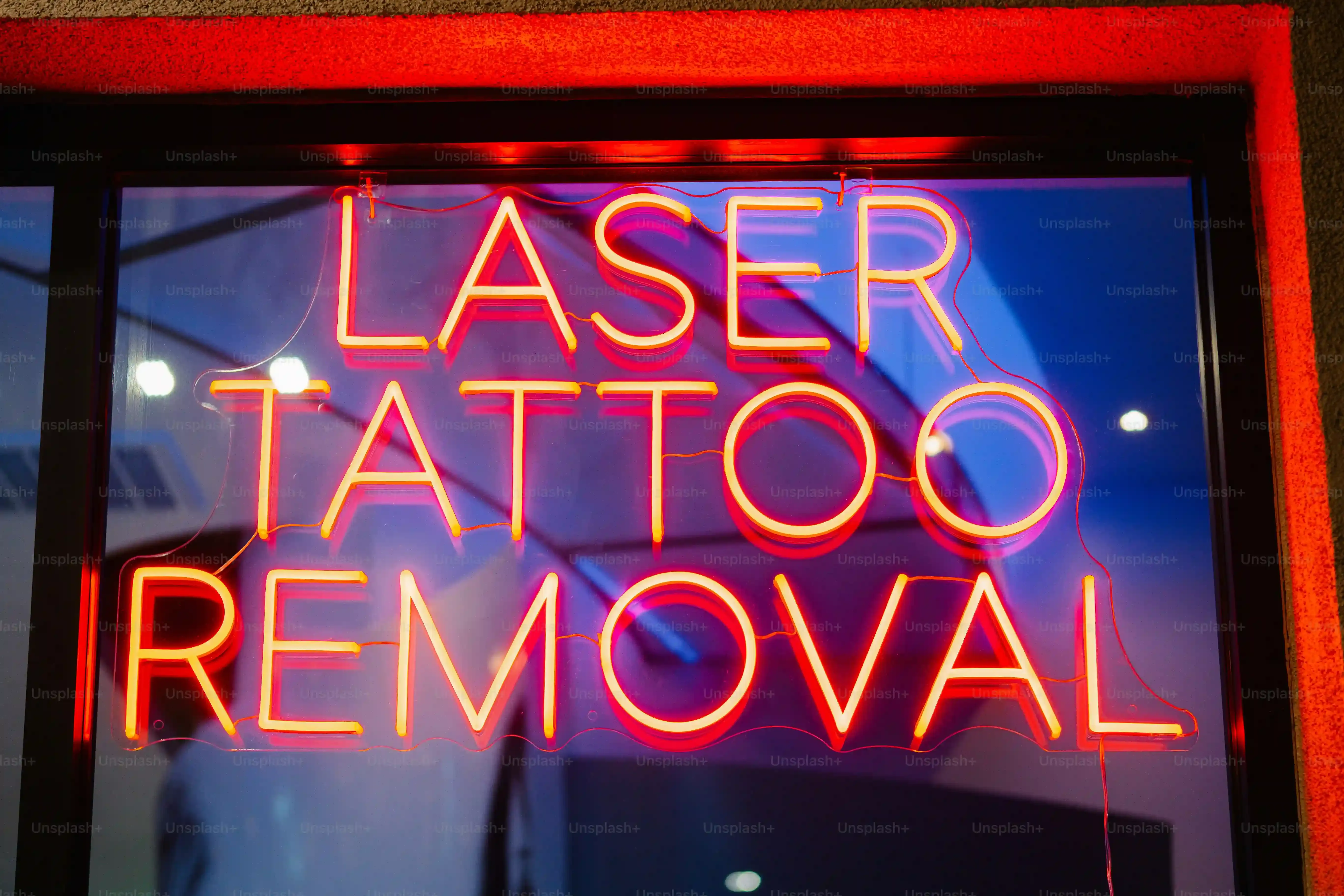Table of Contents
Let's be honest, dealing with unwanted hair can feel like a never-ending chore. Shaving leaves stubble, waxing is... well, waxing, and plucking is just tedious. It’s no wonder so many people turn to laser hair removal, seeking a more permanent solution for smooth, carefree skin. But once you decide to take the plunge, a big question pops up: What's the absolute best time to get laser hair removal? It's not just a random choice; timing can actually impact your results and comfort. Sun exposure, skin sensitivity, and the treatment cycle itself all play a part in figuring out the optimal schedule. This article will cut through the noise and help you understand the factors involved, so you can confidently determine the best time to get laser hair removal for your specific needs and lifestyle. We'll cover seasonal considerations, treatment timelines, and how to plan effectively to maximize your smooth-skin journey.
Why Timing Matters for Your Laser Hair Removal Results

Why Timing Matters for Your Laser Hair Removal Results
Skin Sensitivity and the Sun Connection
Getting the best possible outcome from laser hair removal isn't just about the technology or the technician; timing plays a crucial role. Think of your skin like a sensitive canvas. Laser treatments target the pigment in hair follicles, and while modern lasers are quite advanced, they still interact with the pigment in your skin too. If your skin has a tan, whether from sun exposure, tanning beds, or even self-tanner, it contains more pigment. This extra pigment can absorb some of the laser energy meant for the hair follicle, potentially making the treatment less effective. Worse, it significantly increases the risk of side effects like burns, blistering, or hyperpigmentation (dark spots) and hypopigmentation (light spots). Understanding why timing matters for your laser hair removal results starts with respecting your skin's current state.
The Hair Growth Cycle and Treatment Schedule
Laser hair removal works best on hair in its active growth phase, known as the anagen phase. Not all hairs on your body are in this phase at the same time. In fact, only a percentage are actively growing at any given moment. This is precisely why laser hair removal isn't a one-and-done deal; it requires a series of treatments, typically spaced four to six weeks apart, sometimes eight depending on the body area. Scheduling these sessions consistently, without significant breaks, aligns with the natural hair growth cycles. Interrupting the cycle by skipping appointments or getting treatments when your skin isn't ready can definitely impact the overall effectiveness and might mean you need more sessions in the long run. That's another key reason why timing matters for your laser hair removal results – it's about hitting those actively growing hairs consistently.
So, what are the key factors influencing the best timing?
- Your recent sun exposure (or lack thereof).
- Your skin's current condition (no sunburn, irritation, etc.).
- The specific area being treated (different growth cycles).
- The required spacing between your treatment sessions.
The Case for Fall and Winter: Is This Truly the Best Time to Get Laser Hair Removal?

The Case for Fall and Winter: Is This Truly the Best Time to Get Laser Hair Removal?
Less Sun, Less Stress: Why Cooler Months Are Often Recommended
let's talk seasons. When you hear people discussing the best time to get laser hair removal, fall and winter usually pop up first. And there's a solid reason for that, mainly revolving around the big bright ball in the sky – the sun. Laser treatments make your skin more sensitive to sunlight. Seriously, think of it like a mild sunburn; you wouldn't want to expose that to direct sun, right? During fall and winter, you're naturally covering up more, days are shorter, and let's face it, lounging poolside isn't exactly top of mind for most of us. This reduced sun exposure drastically lowers the risk of complications like hyperpigmentation or burns after your sessions. It creates a safer environment for the laser to do its job effectively on the hair follicle without unnecessary stress on your skin.
Strategic Scheduling: Finishing Up Before Swimsuit Season Hits
Beyond just the sun safety aspect, fall and winter offer a practical advantage. Remember how we talked about needing multiple sessions spaced weeks apart? Starting your laser hair removal treatments in the fall or early winter gives you ample time to complete the recommended number of sessions before spring and summer roll around. Most people need anywhere from 6 to 8 sessions, sometimes more. If you start in November, for example, you could potentially be finished or nearly finished by May or June, just in time for warmer weather and less clothing. Trying to cram sessions in during peak summer is a logistical nightmare, dodging the sun and rescheduling around vacations. This strategic timing is a major part of The Case for Fall and Winter: Is This Truly the Best Time to Get Laser Hair Removal?
So, considering fall or winter? Here's a quick rundown of the perks:
- Significantly reduced risk of sun exposure complications.
- Easier to avoid direct sunlight post-treatment.
- Allows time to complete multiple sessions before summer.
- Skin is typically lighter, improving laser effectiveness and safety.
- More comfortable recovery without summer heat and sweat impacting treated areas.
Planning Your Sessions: Beyond Just the Best Time to Get Laser Hair Removal

Planning Your Sessions: Beyond Just the Best Time to Get Laser Hair Removal
Consistency is King: Why Sticking to the Schedule Matters
so you've decided fall or winter might be your jam for starting treatments. Great. But honestly, the "best time" isn't just about the season you *start*. It's about consistency. Think of laser hair removal like hitting the gym for a specific goal – you don't just go once and expect miracles. You need a routine. Missing appointments or spacing them out too far means you're missing those hairs when they're in the prime growth stage for the laser. This isn't like skipping a haircut; it can actually set back your progress and potentially require more sessions down the line to get the results you want. Planning your sessions: Beyond Just the Best Time to Get Laser Hair Removal means committing to the recommended intervals your technician sets, usually every 4-8 weeks depending on the body area. Booking your next appointment before you even leave the clinic is a smart move to stay on track. Consistency is where the real magic happens with laser.
Life Happens: Balancing Appointments with Your Reality
While consistency is key, let's be real: life doesn't always stick to a perfect schedule. Vacations pop up, work gets crazy, and sometimes you just plain forget to book. Planning your sessions: Beyond Just the Best Time to Get Laser Hair Removal also involves figuring out how these appointments fit into your actual life. Are you a frequent traveler? Do you have a job that involves a lot of outdoor time, even in winter? These factors matter. Talk openly with your laser technician about your lifestyle. A good clinic, like those found via hairawaybylaser.com, will help you navigate potential conflicts and adjust your treatment plan if necessary, while still aiming for optimal results. Maybe that means slightly tweaking the spacing or being extra diligent with sun protection during a trip. The goal is to find a schedule that works for you and your skin, without causing undue stress or compromising safety.
When you're mapping out your laser hair removal journey, consider these points:
- How many sessions are typically recommended for the area you're treating?
- What is the suggested time interval between those sessions?
- Are there any upcoming events (vacations, outdoor activities) that might require extra planning around sun exposure?
- What is your typical work or travel schedule like?
- Can you realistically commit to appointments every 4-8 weeks?
Prepping Your Skin for Laser Hair Removal, Regardless of the Season

Prepping Your Skin for Laser Hair Removal, Regardless of the Season
Getting Ready for Your Appointment
so you've picked the right time and you're ready to roll. But showing up unprepared for your laser session is like trying to bake a cake without flour – it's just not going to work right. Prepping your skin for laser hair removal, regardless of the season, is absolutely non-negotiable for safety and efficacy. This isn't just clinic policy; it's science. You need to avoid direct sun exposure on the treatment area for at least two to four weeks before your appointment. Seriously, slather on the SPF 50 or higher, wear protective clothing, and stay in the shade like you're a vampire auditioning for a role. Fake tans are also a big no-no; they add pigment to the skin, which, as we've discussed, can cause issues with the laser targeting the hair. Think clean, calm skin is the goal.
What else should you steer clear of?
- No waxing, plucking, or electrolysis for at least four weeks before your session (the laser needs the hair root to target).
- Shave the area 24 hours before your appointment (the laser needs a smooth surface, but not raw skin).
- Avoid perfumes, lotions, or makeup on the treatment area the day of your appointment.
- Skip harsh exfoliants or chemical peels in the week leading up to your session.
Finding Your Optimal Laser Hair Removal Timeline
So, is there one single best time to get laser hair removal? While fall and winter often get the nod due to less intense sun and easier skin protection, the reality is more nuanced. Consistency across your treatment sessions is arguably more critical than the specific season you start. Avoiding sun exposure before and after treatments remains paramount, no matter the calendar. Planning ahead, understanding the multi-session nature of the process, and committing to the aftercare protocols are the real keys to achieving lasting results. Ultimately, the "best" time is when you can reliably commit to the required schedule and sun avoidance, ensuring your skin is prepped and protected throughout the journey.
